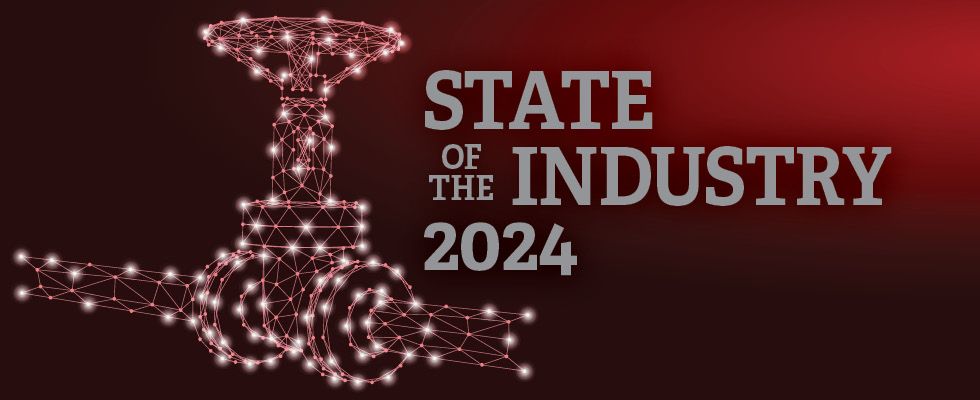
Fluke Reliability Chief Technology Officer Aaron Merkin answered the following questions from Pumps & Systems for our 2024 State of the Industry issue.
What is your company doing to address the skills gap?
We have observed a continued shortage of skilled labor in supporting reliability programs. A key requirement for any successful predictive maintenance program is the condition monitoring of assets. However, many organizations lack the skilled labor necessary to execute these programs internally. Our recent acquisition, Azima DLI, helps to address this challenge, offering businesses remote condition monitoring services, which extends the reach of internal resources or enables them to expand the number of assets that can be cost-effectively monitored.
This, combined with Azima’s AI predictive maintenance technology and diagnostic library that can predict machine faults before they occur, can help organizations begin, expand or sustain their condition monitoring programs throughout this ongoing skills shortage.
What industry trends are you seeing as we go into 2024?
One of the most significant trends the industry is facing is continued skilled labor shortages, which is exacerbated by a graying workforce set to retire in the next 10 years. Businesses are looking to outsource solutions or increase efficiency to combat this.
It’s one of the reasons why there has been a rise in AI-powered solutions using advanced analytics to predict faults on machines before they occur. This enables teams to shift from reactive to proactive, impacting not only downtime but the number of employees needed in plant. AI is lowering the barriers to entry for condition monitoring providers and reducing the need for technical proficiency and expertise of end operators too.
At the same time, we’re seeing the emergence of low-cost continuous measurement and monitoring solutions that are driving demand for analysis capabilities. This is an area where we see significant growth potential. Investing in advanced analytics capabilities to turn data into actionable insights will be key.
Businesses are looking to future-proof, and economic pressures can’t be ignored. We’re seeing this drive investment in overall efficiency, with an increased emphasis on maintain versus replace reliability strategies.
How do you expect automation and AI to affect the industry in the next five years?
We anticipate that the adoption of automation will accelerate in the next five years particularly in response to the continued skilled labor shortages. Organizations will seek to demonstrate payback for investments in automation, causing them to drive their assets even harder, resulting in an increased demand for predictive maintenance solutions.
In parallel, we see continued expansion of two broad categories of AI adoption. First, applications such as the Azima DLI AI-powered analysis engine, which augment skilled users and enable them to make faster, more effective decisions. These applications will become increasingly prevalent as organizations seek to leverage AI to improve efficiency and productivity.
Second, we anticipate the adoption of generative AI co-pilots by operators, technicians and other plant floor or field personnel to bridge the gap of the incoming workforce with the knowledge lost from those leaving the workforce. This ensures organizations maintain continuity and efficiency, as experienced workers retire and roles are filled.
Adoption of automation and AI will become critical for organizations to remain competitive in the industry in the next five years, especially in the face of skilled labor shortages and continued workforce turnover.

